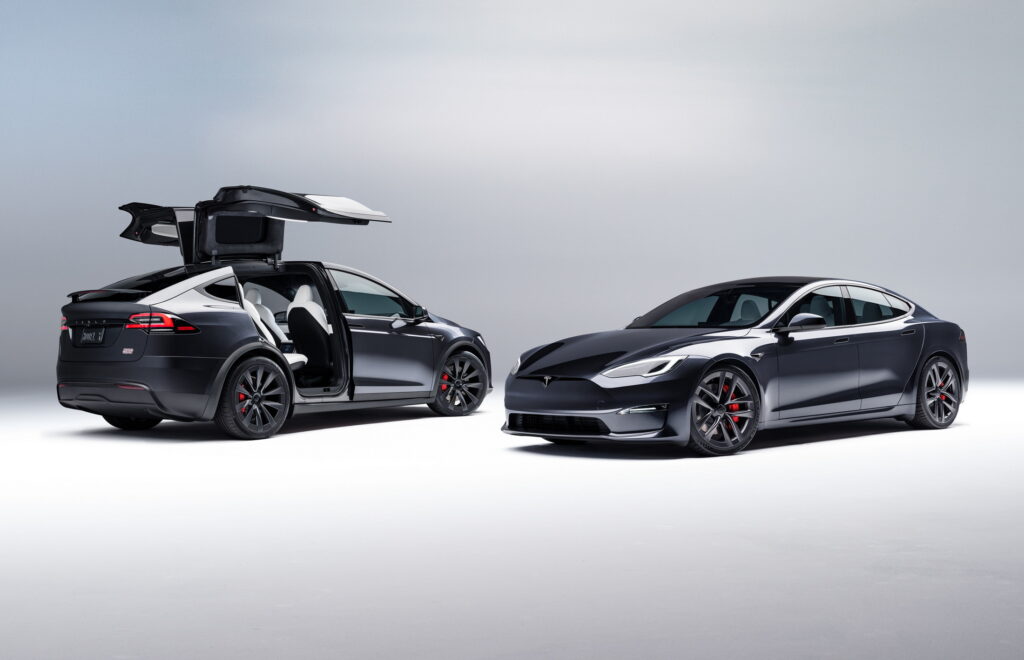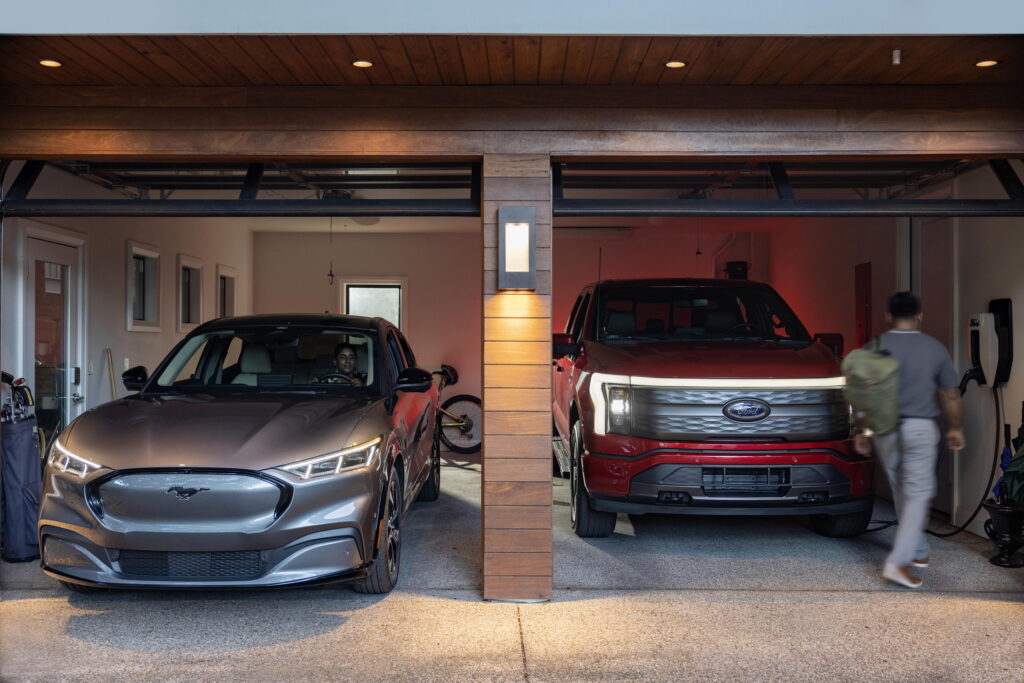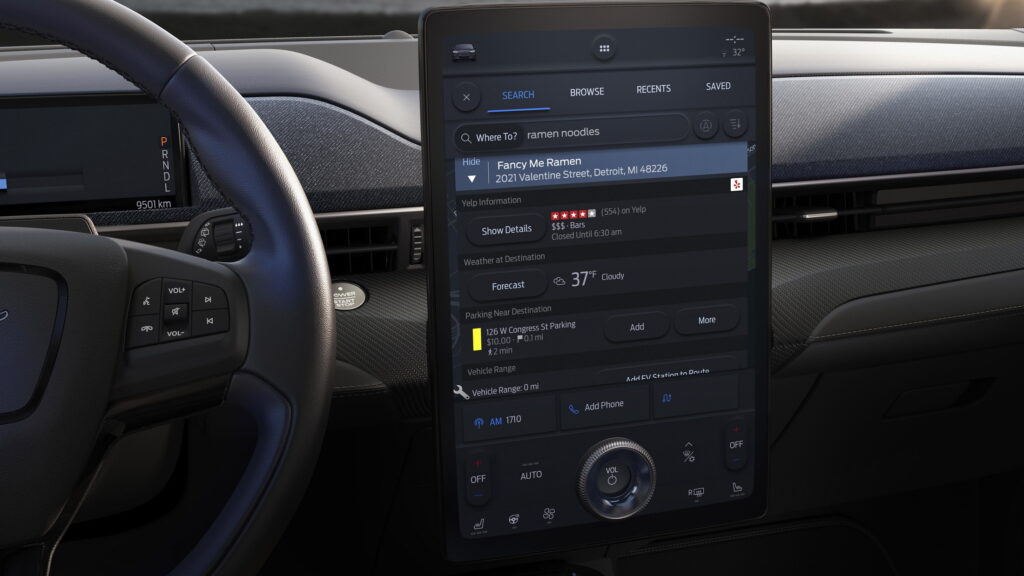The fight over whether or not vehicles should have AM radio has become surprisingly heated. While automakers hope to ditch the old-timey radio format, government officials are citing the technology’s utility during large scale emergencies. Now, research suggests that keeping it would cost the industry as much as $3.8 billion over the next seven years.
The alarming finding comes from the Center for Automotive Research (CAR), an organization that has ties with General Motors and Ford. The companies, among other automakers, say that this issue has come about largely as a result of electrified vehicles. Their motors emit electromagnetic interference that messes with the AM radio receivers, and affects sound quality.
This has prompted some automakers such as Tesla, Rivian, VW, Volvo, Polestar, BMW, and Ford to stop offering AM radio altogether (though Ford later changed its mind). That led to concern among government officials, who say that AM radio is an important communications tool during large scale emergencies, and is vital in more rural parts of the country.
Read: U.S. Senator Calls On Automakers To Keep AM Radio In Their EVs

Such is their conviction, that senators have advanced a bipartisan bill to mandate the inclusion of AM receivers in new vehicles. While it is technically feasible to modify radio equipment to make EVs receive AM radio waves, doing so will cost automakers money.
Measures to improve AM reception in EVs include extra shielding for radio cables, EMI filters, and noise cancellation. The CAR estimates that between now and 2023 and 2030 could cost $3.8 billion.
While that sounds like a startling figure, it would be shared across the entire industry, and the center based its figure on a cost of up to $70 per vehicle. However, its sources told it that the equipment necessary to protect AM reception could cost as little as $50.
According to the Center for Automotive Research, its “discussions revealed that the material cost of addressing AM band interference in EVs is relatively low because mitigation measures are often necessary and implemented to support other electronic systems susceptible to EMI.”
The center adds that some additional time, work, and therefore expense will be required to develop detailed engineering specifications for these parts. It also holds that the added weight of the components could cost money (as designers find other ways to cut extra weight), but a supplier that spoke to the CAR said that a filter would add just 2.2 pounds (1 kg) to a vehicle.
All the same, the center claims that mandating analog AM receivers amounts to a “significant burden” on automakers. Whether that’s an unreasonable burden will be up to the senate to decide.









